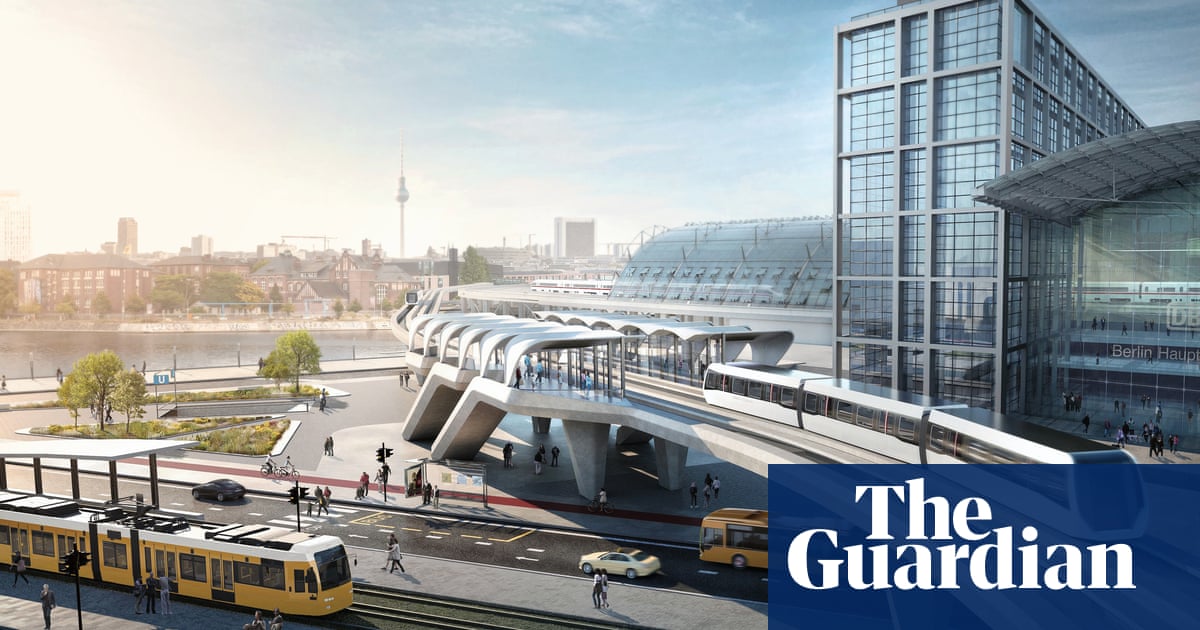Nobody needs driverless or magnetic. Just do the simple fucking trains for now. Bunch of circus baboons the lot…
Driverless is fine, but what’s the maglev for? It’s a tech that sounds futuristic, but solves no problem and causes a bunch of new ones.
Speed. High speed trains clock in at 300 km/h, whereas maglev takes you to 600 km/h.
I agree with the above commenter, the EU needs to streamline passenger rights and international connections first, like they did for airtravel, but once that is taken care of, the next step is connecting European capitals on high speed maglev with very few stops.
To give you a sense of what such a transportation system could achieve, you could go from Lisbon to Kiev in 6 hours and a half at 600 km/h. If capitals served as country maglev hubs, we could do away with intra European flights altogether and cut a significant amount of flights to outside of Europe by concentrating the departures.
You could then have a hierarchy of sorts where maglev serves traveling between capitals, high speed between major cities within countries, regional between regions of smaller sparsely populated towns and local trains within cities or between close cities. Ideally if a passenger wanted to travel from a small town into another small town 3000 km away, the service should book all the appropriate hierarchy changes in one ticket.
The issue is that the line would have to be pretty much straight or have very shallow curves, due to the speed, so it would take a TON of land buying. That’s complicated enough as it is without even considering the NIMBYs.
You could even split it into different tiers, depending on demand and system load. If tons of people are going between, let’s say, Zurich and Madrid, they could just run a dedicated service straight through. On the flip side, a “limited express” that makes stops at national border stations and capitals would decrease the necessity of backtracking as much (e.g. Berlin to Poznań).
I’d imagine maybe larger countries would have more than one stop, but the issue is every time the maglev makes a stop it needs to slow down and speed up again and that adds up over time. I think that’s a big issue with high speed trains nowadays in certain regions. The train is at maximum allowed speed by infrastructure about 40% of the time because it stops too often.
It would be a shame if it became impractical due to being too slow so people would take the plane instead. If you look at the Japanese Shinkansen stops are very well spaced, for instance, Tokio-Nagoya or Osaka-Hiroshima with no stops in betwen. That’s 350 ish km with no stops.
That’s why I was discussing having different service levels that stop at different frequencies - direct (high-load city-to-city with no stops), express (between capital/core cities), and limited express (capital/core + border stations, perhaps just serviced with existing high-speed non-maglev lines)
The use of astroturfers to sway or argue on social media sites, like Reddit :P, has me playing minesweeper with this comment section lol. Who is genuine and who is paid to push for a certain position?
Could please you explain what you mean?
He thinks some people on here are bots/shills. If he doesn’t agree with their comment he blocks/flags them.




